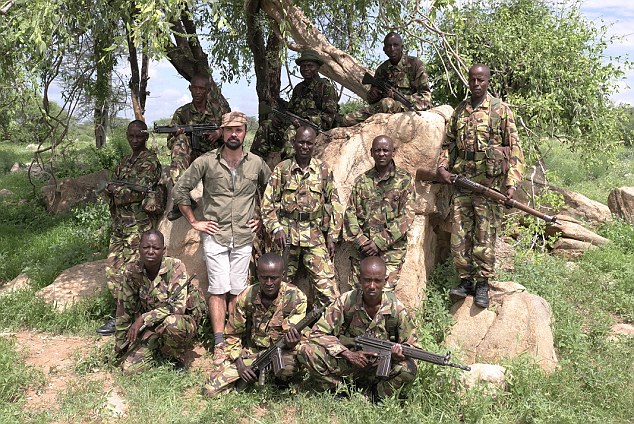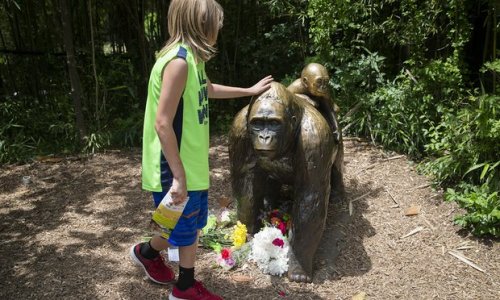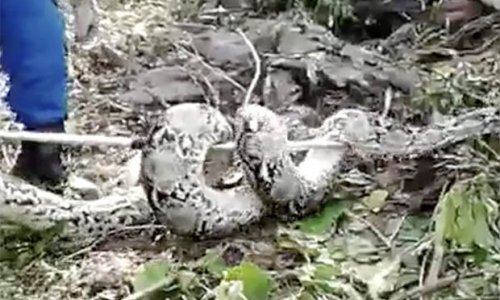They were fictitious in the beginning, invented by my grandfather Vladimir Sokolov, as he tucked me in to bed at night.
I would hear how Vladimir and Evgeny would get stuck in mud holes and roam the African forests getting into adventures, and how Vladimir would save little Evgeny from the clutches of lions and leopards. In the flickering electricity of the lamps in our Soviet flat, it was my first introduction to the wonder of wildlife.
A few years later, accompanying my grandfather on a government trip to Kenya, a battered Jeep took us to a ridge a couple of hours’ drive south of Nairobi and, as we crested the top, the view opened to reveal a herd of elephants around a waterhole.
I stared at the joy of it: the plodding feet, the curling trunks moving across the wide escarpment, the young ones nuzzling at the grown-ups’ tree-trunk legs.
Almost all the adults were female, my grandfather explained, except for two young males, old enough now to soon start out of their own, their life’s adventures unfolding in front of them like the African savannah.
The larger one, he nicknamed Vladimir; the smaller one, Evgeny. It was an image of calm perfection — a scene which, even to my then 14-year-old self, was clearly how nature at its purest should be. Vladimir and Evgeny were young enough, then, to still be alive now, and they may well be, but the numbers suggest otherwise.
They may still be trumpeting around the African bush. But it’s more likely that what remains of them is an ivory dragon somewhere on a Chinese mantelpiece.
When I saw that herd there were around 1.2 million elephants on the continent. Three-quarters of those, including most likely many of the elephants I saw that day, have since been hunted for their tusks — and the numbers being lost are growing.
The reality is that there is a war going on in Africa and it is war between wildlife rangers and poachers to ensure the survival of some of the world’s most iconic species. It is also a war that the conservationists are losing.
Elephants have been poached in such numbers that unless urgent action is taken the reality we face is that they risk extinction in the wild within the next decade. This is not only the case in Kenya but across Africa. This year alone some 36,000 elephants will be killed across the continent — an average of one every 20 minutes.
In Chad, which once had 15,000 elephants, there are now just 400. In Sierra Leone, the last elephant disappeared three years ago.
The reason is greed — and specifically the vast profits that can be made from ivory due to the seemingly insatiable demand of Asia’s rapidly growing middle-classes.
Many there still see ivory as an aspirational product and, as people’s bank balances swell, the law of supply and demand has resulted in prices rocketing. A kilogram of ivory is now worth £1,225 on the black market, three times what it was four years ago.
The tragedy is that many do not appreciate the consequence of their purchase as, incredibly, it is not universally known in Asia that elephants are killed to extract their ivory.
In China, some 70 per cent of people were found in a survey to believe tusks grew back like fingernails. That ignorance is resulting in bloodied carcasses across the savannahs.
I recently returned from Africa, where I have been working closely with the Kenya-based elephant protection charity Space for Giants to do what we can to help save those elephants that remain.
Together we have helped finance anti-poaching patrols in Laikipia, one of the last great enclaves for elephants in East Africa, and helped facilitate the purchase of a new conservancy, Loisaba, to act as a vast — and heavily protected — sanctuary.
(dailymail.co.uk)
ANN.Az
Follow us !











